
In 2020, Cyclist magazine wrote of London and Paris mayors both seeking re-election; and both talking a good game on their plans to revolutionise active travel in their respective capitals.
Even then, it wasn’t a fair comparison. Paris’ socialist mayor Anne Hidalgo had already instigated a revolution. The ‘Plan Velo’ approach aims for a cycle lane on every road in the capital, a radical shift in priority for people walking and on bikes and one that has already induced radical change.
The idea is of a fifteen-minute city, whereby everything needed for life is easily – and pleasantly – accessible within a short walk or cycle, and without having to drive.
The intention: to transform a notoriously car-clogged city into something that works more like the “local neighbourhood” circles of a Japanese metropolis – with a French twist, of course.
And they’re not stopping there. Regular weekend car-free days (compared to London’s measly one a year, in a much smaller area), segregated cycleways on *all* the city’s bridges, and inner-city car parking replaced by allotments and playing areas for children.
And in London? Well, not so much. While Sadiq Khan’s plans were never even in the same velodrome as Hidalgo’s, it’s impossible to just blame the mayor.
New Labour’s intentionally limited[1] devolution of powers when setting up the London Assembly back in the nineties leaves the Mayor and TFL repeatedly at the whims of local councils when it comes to building a coherent and city-wide network.
Meanwhile, hostile and sensationalist right-wing media coverage and nimbyism from local car-owners has made the whole process even more toxic than the air around them.
This is my first visit to Paris in a number of years, and the improvement for people not in cars is staggering.
I cycled around using Velib, the dock-based system that London’s own bike hire scheme was based on.
Based on – but far inferior to, and made even worse under the current mayor. In London, we have a system sponsored by an international bank and operated – extremely poorly – by Serco. Prices recently went up, and worse, the unlimited sub-30 minute trips within a 24 hour period has been quietly phased out, making this a costly and increasingly tourist-focused way of getting around town.
Meanwhile, in Paris there are twice as many booking points, much more efficient and speedy distribution of bicycles, and you pay 5 Euros for up to FOUR bikes for 24 hours – and it’s even cheaper if you’re a regular user.
Oh, and they have rolled out 40% of the network as electric, and they all have a proper basket on the front, not the dangerous non-basket storing unit on the so-called Boris Bikes.

Cycling in Paris is not perfect. There is still far too much motor traffic in the city, just as before – clearly more needs to be done with road pricing and regulation of private hire vehicles.
And I’d love to see more school streets, and entirely traffic-free neighbourhoods.
But compared to London, it is light years ahead. I saw so many children cycling with their parents, teens whizzing around on electric scooters, and older people using the lanes to get around in mobility scooters.
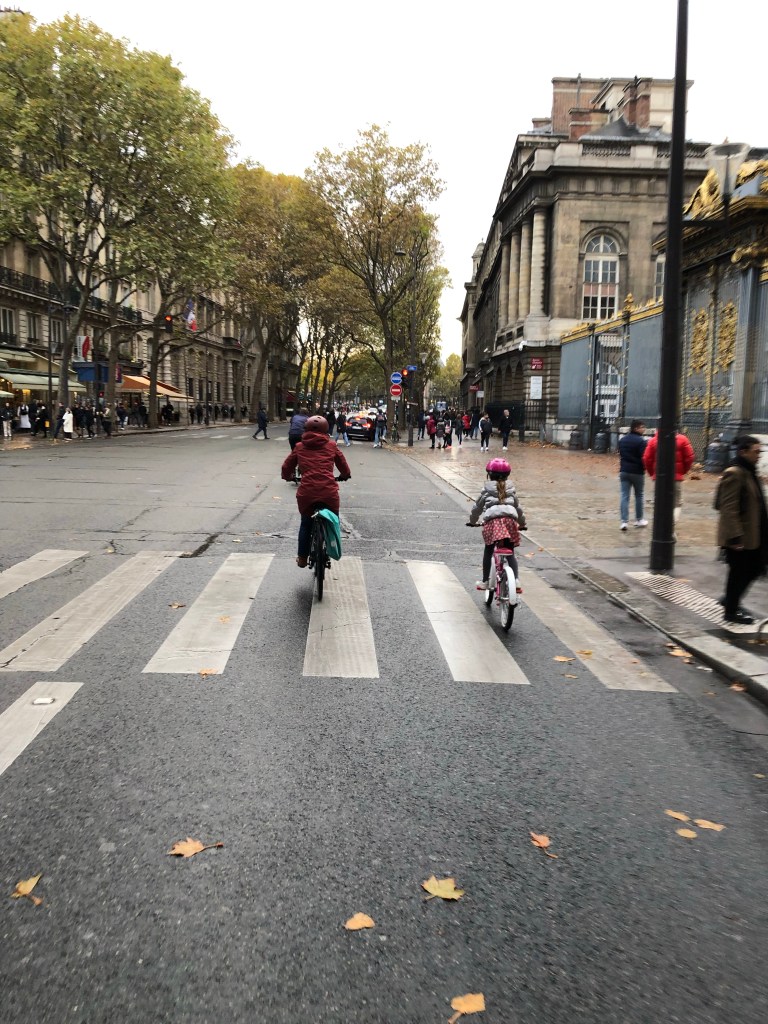
Most of all, I saw cycling as a normal, everyday activity, in one’s normal clothes, and passed many people offering backies to their friends, or transporting sensible things like cheese, bread, and small dogs without a care in the world.
Bike parking is everywhere, and main roads and local, residential areas alike are well catered for. There are plenty of one-way streets with counter-flow cycle lanes, and – whisper it – the whole city is well on its way to being an LTN, with all roads accessible but rat-runs designed out by sensible planning and zero drama.
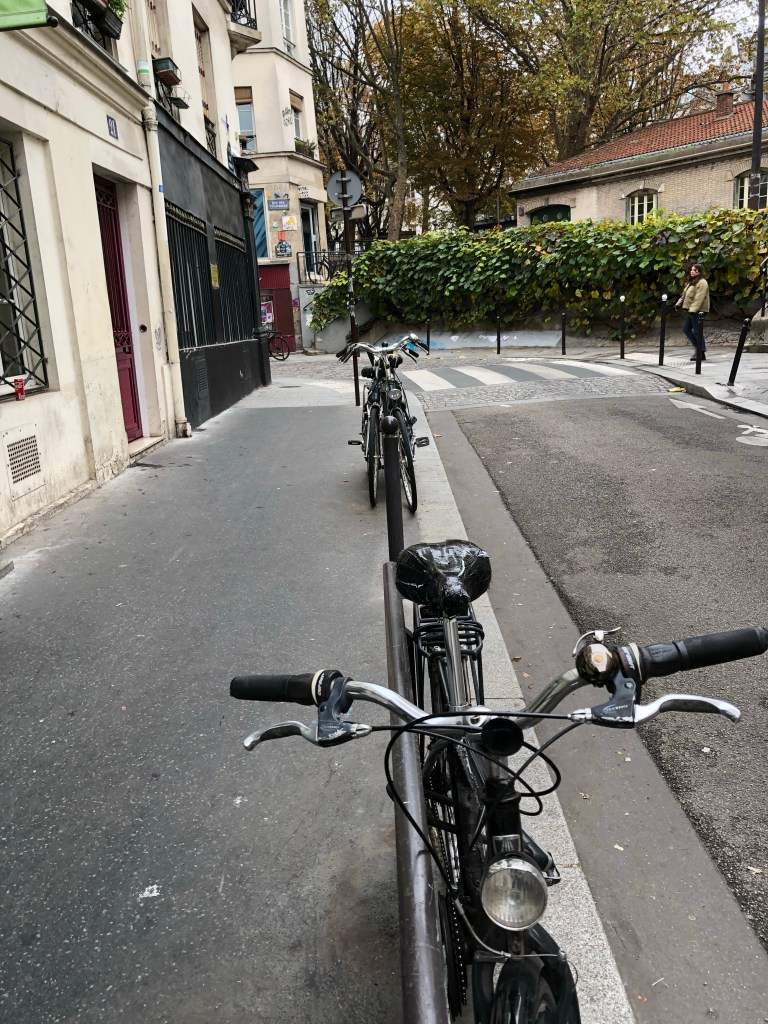
I’ve noticed a tendency for people in England to roll their eyes when you mention how good cycling in the Netherlands is, as if that country is a strange outlier whereby the locals magically love their bikes and so all that infrastructure happened naturally, rather than it being a hard, long, 40 year slog to reclaim city space back from the petrol engine.
Perhaps these people, councillors and town planners in particular, should hop over to Paris to see what can be done, and quickly, with political will, courage, and bravery.
Our kids and future generations will thank them for it.

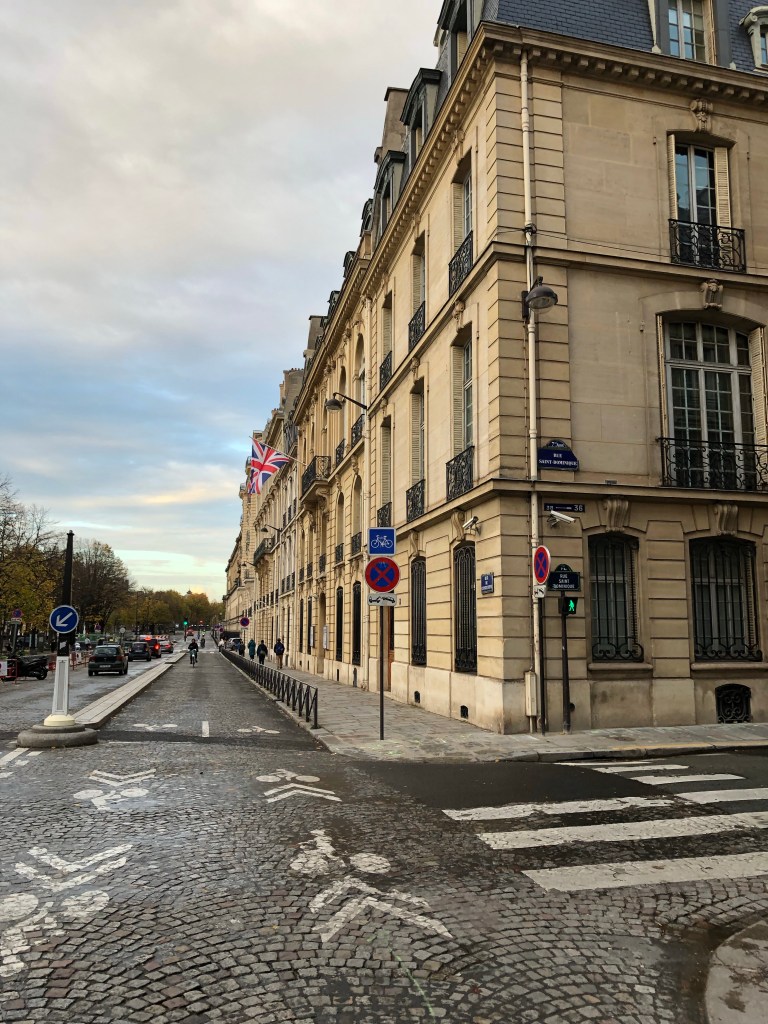

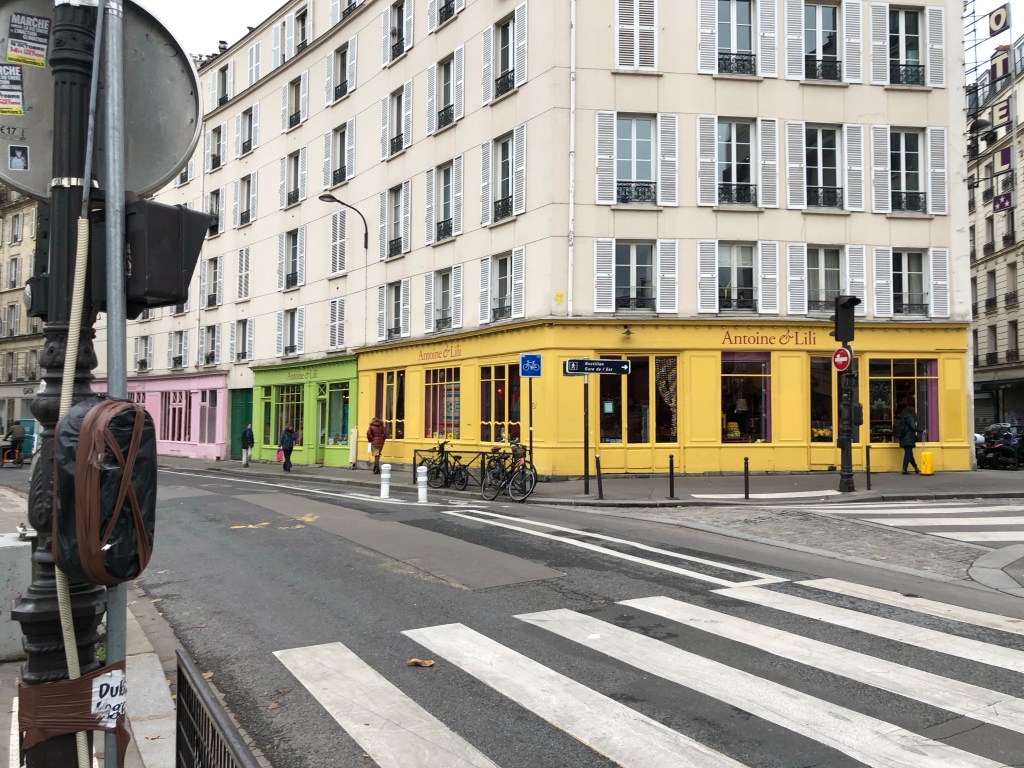
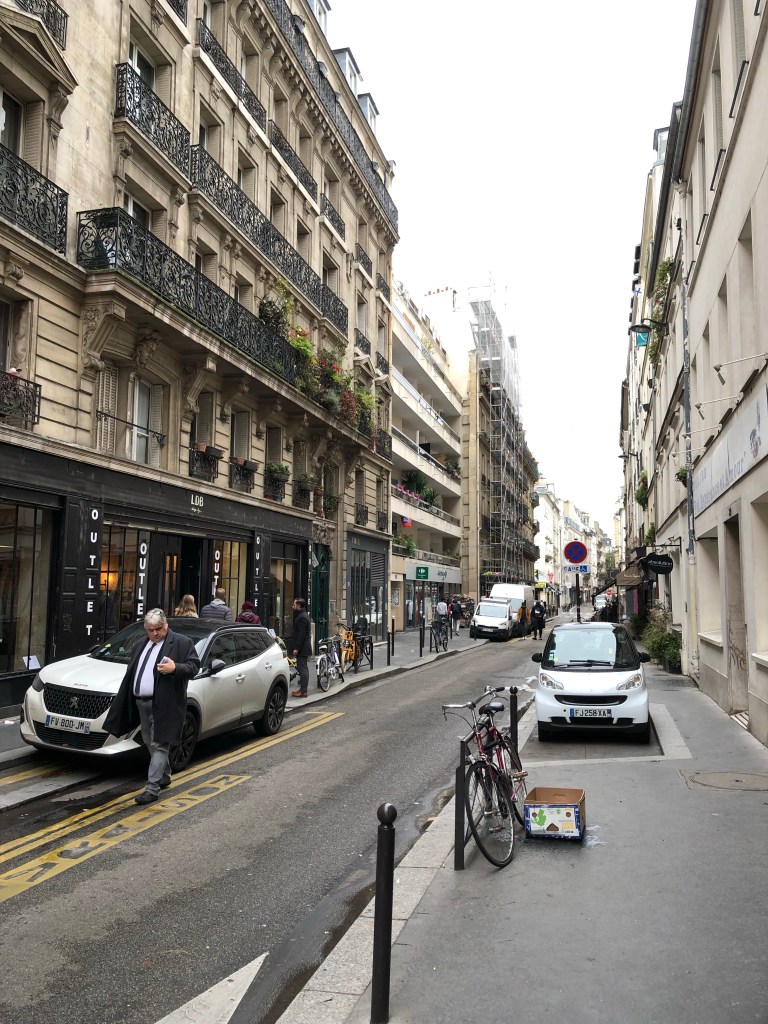
[1] New Labour were very much in favour of centralising, not devolving power. They tried their best to stop Ken Livingstone from becoming mayor, and failed. But they had designed it so that he would never have as much power as he did in the GLC days.
I recently had to drive into the centre of Paris, as my daughter was coming home from uni, but could only get as far as Paris Gare de Lyon on the train.
James in quite right (as always) in everything he says here. Had I not been forced by SNCF engineering works to drive into Paris, there is no way that I would have chosen to. The cycle lanes are everywhere (and I say that as a very positive thing, especially for those who live there).
It is well organised. The traffic lights allow plenty of time for the cyclists. I saw plenty of areas for bikes to park and there is lots of separation with cars.
My local Big Town (Caen) is putting in a cycling ‘ring road’, along with a recent upgrade to its tramway, with an extension in the offing.
https://actu.fr/normandie/caen_14118/peripherique-a-velo-de-caen-encore-10-km-a-creer_48772858.html
It’s not perfect. It never can be. But all of this is moving in the right direction.
Aw this is great, I was really curious to know what’s happening in other French towns. Thank you! Still very keen to make a visit one of these days…